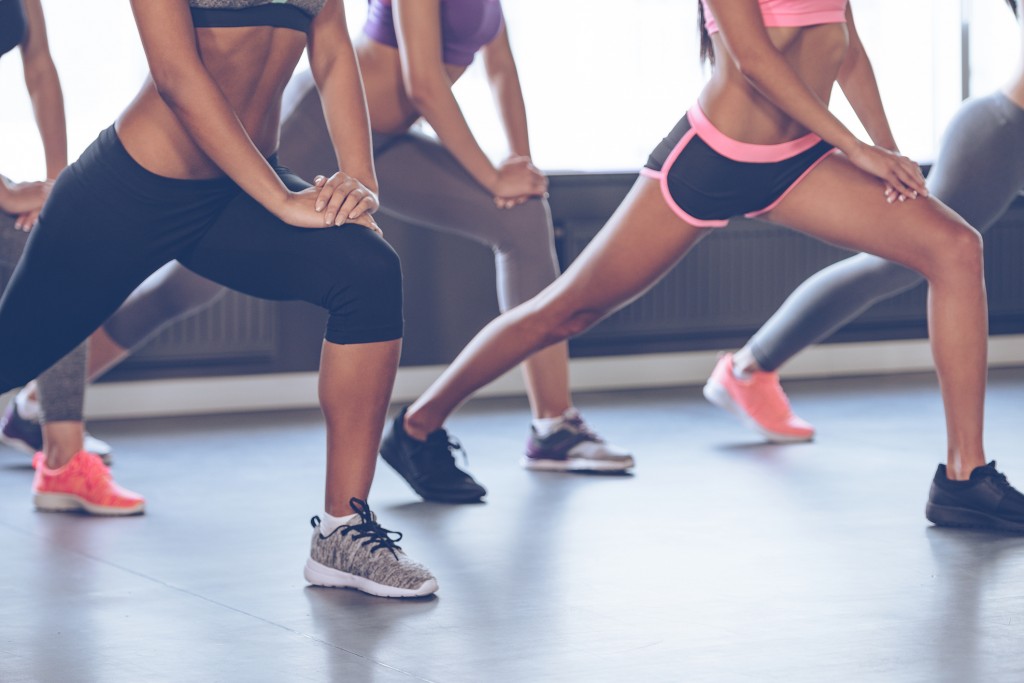
Psoas, the vital muscle
Learn how to stretch the fibres which control body balance
The psoas is the deepest-seated and most stabilising muscle in the body. It joins the spine and legs, and allows us to stand upright and walk.
Episodes of stress or an unhealthy lifestyle can put a strain on the psoas muscle and cause it to shorten and harden, leading to a sore back, sciatica or low back pain.
How to have healthy psoas
- Reverse plank: Sit on the floor with your legs stretched out, then place your hands behind your buttocks with your fingers pointing forward. Lift your hips so your body forms a straight line from your heels to your head. Complete the exercise in three 15-second sequences.

- Extending the hips: Take a long stride, using the knee of the front leg to support your forearms, keeping the pelvis down and the rear knee flexed. Stretch the knee of the flexed leg and hold this position for 30 seconds without lifting the pelvis.

- Stretching on the floor: Lie on your back and hold your left foot underneath your right leg using your opposite hand, while flexing your right knee and bringing it up towards your shoulder with your left hand.

Keeping the psoas in good shape will help us to prevent any injuries and enjoy healthy, beneficial mobility.
This post is also available in: Portuguese (Portugal)
